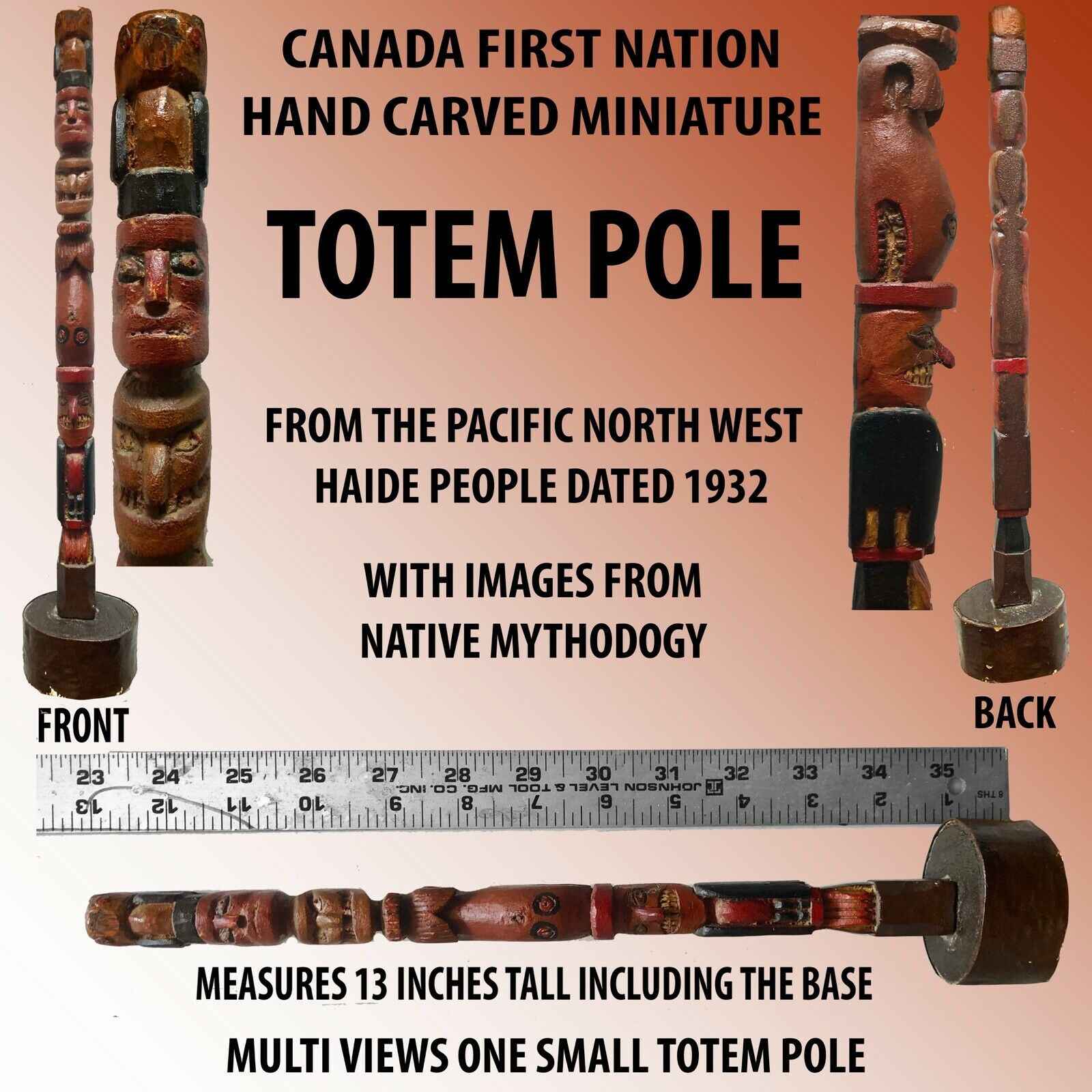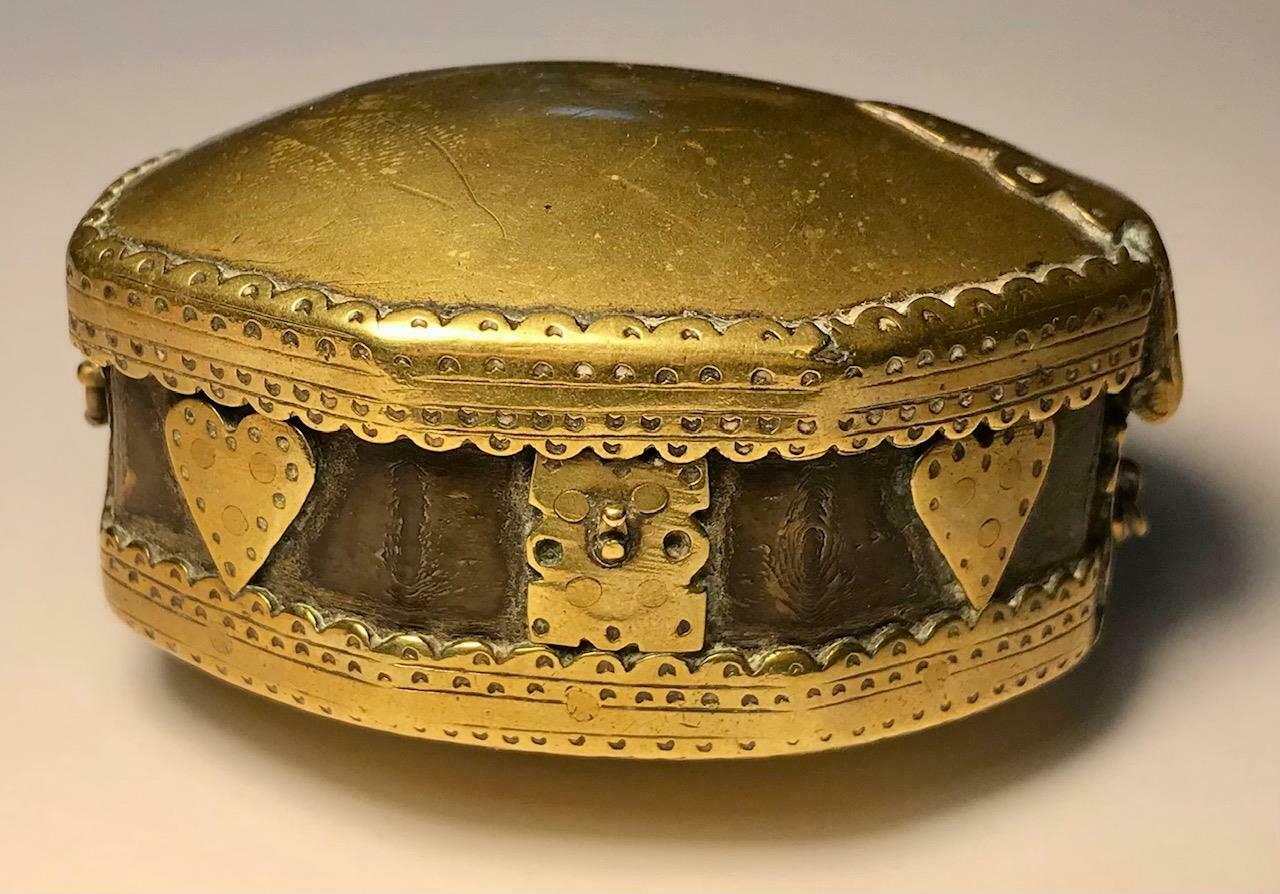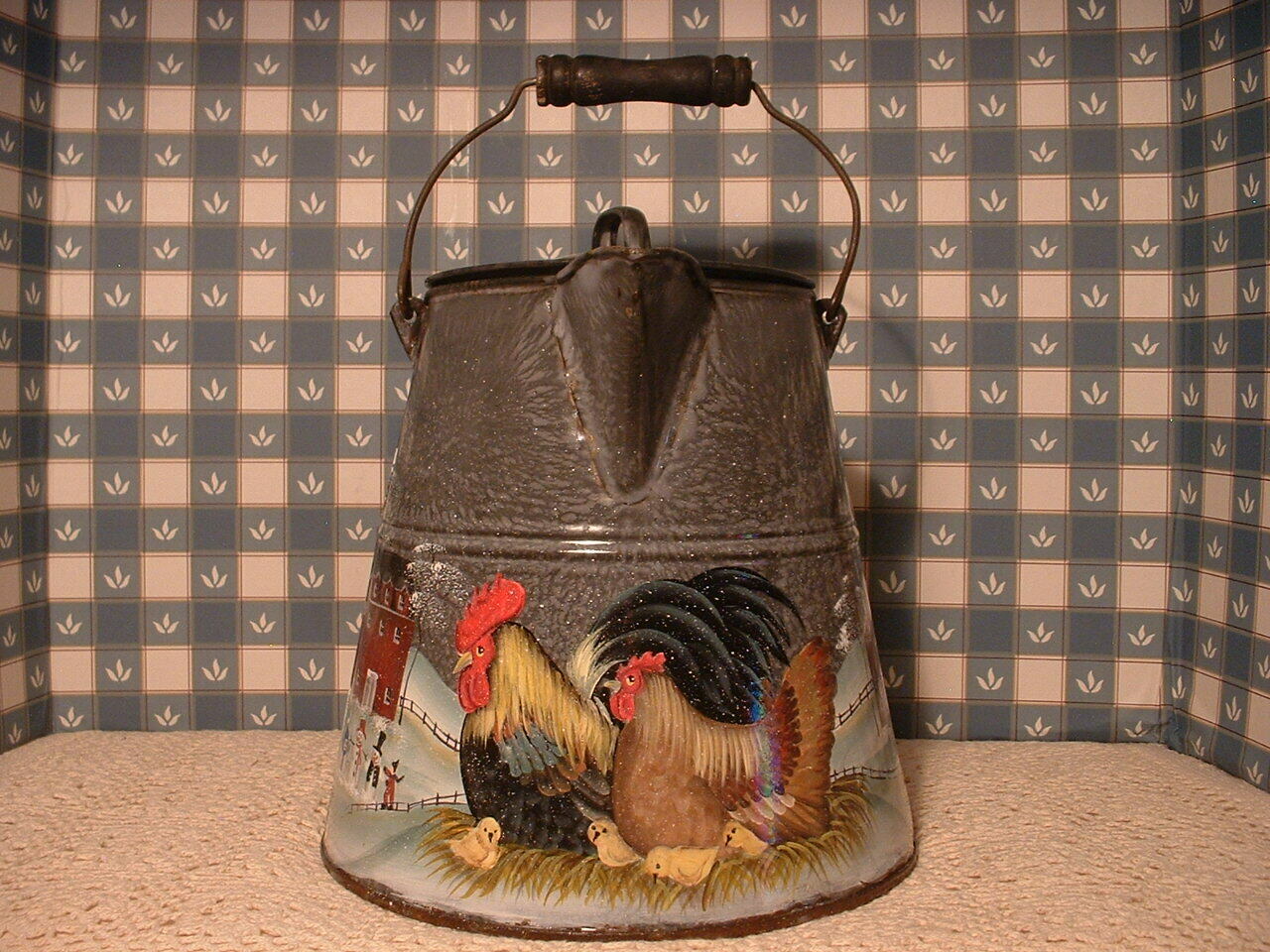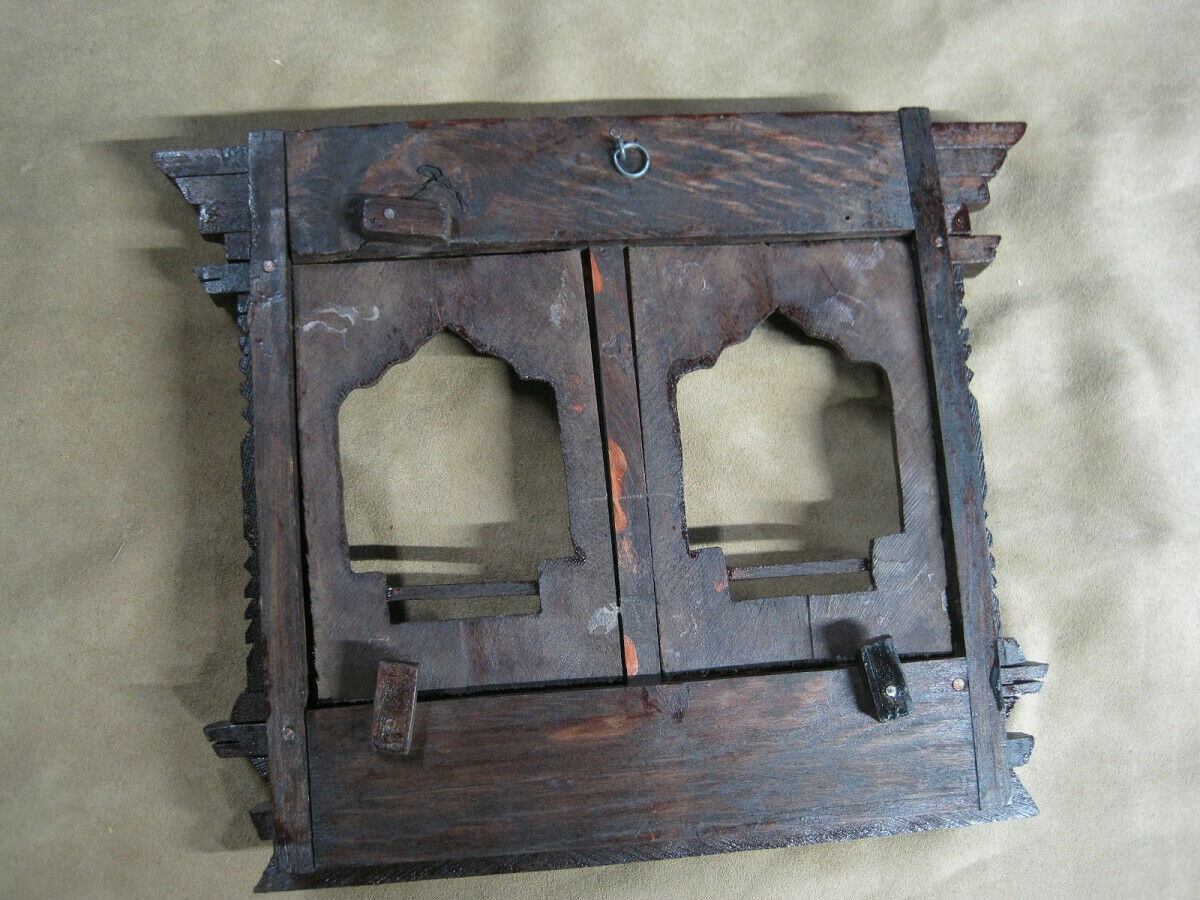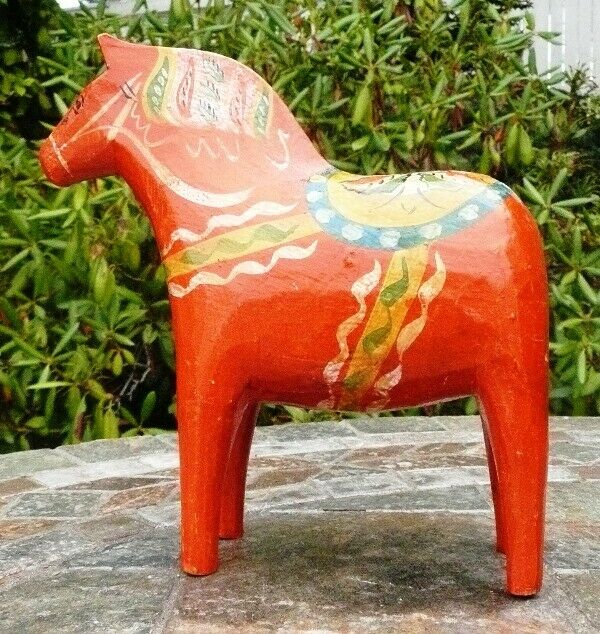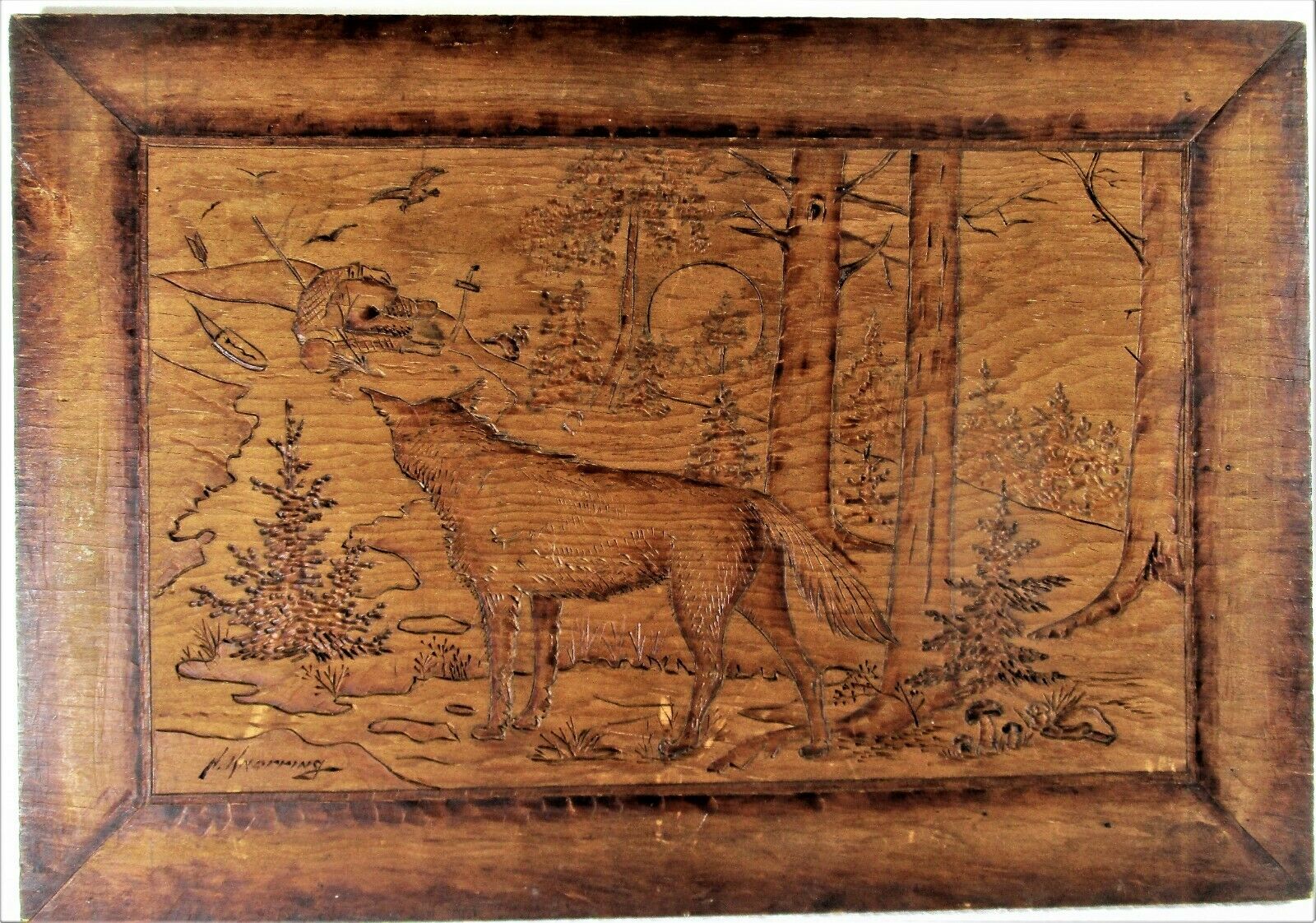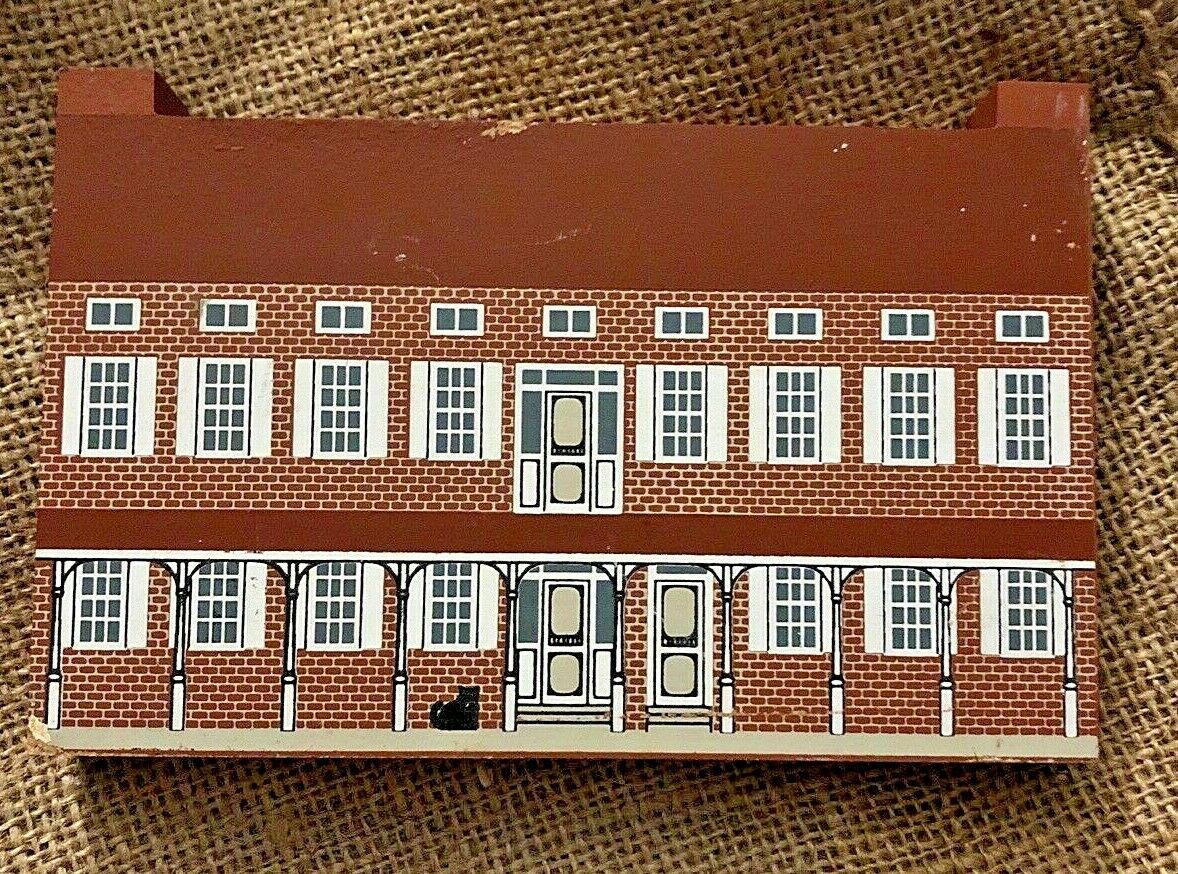-40%
Howard Finster ORIGINAL SIGNED Wood Angel Cut Out 1985 Outsider Art, Folk Art
$ 527.99
- Description
- Size Guide
Description
Angel with Resting Souls by Howard Finster Original Signed Wood Cut Out 1985A wonderful piece from the estate and personal collection of gallery owner and art critic, Dean Jensen. Dean was a true champion of outsider art and developed close relationships with many of these artists. I will auctioning off a few of these from his estate this week.
The piece is a cut figure of an angel featuring many resting or sleeping souls on the front and signed on the front by Howard Finster. Also numbered with 4000.979 Works.
The back side is numbered again and signed by Howard Finster with his address in Summerville, GA. and additionally dated with Dec. 12, 1985. All in marker.
A giant of the Outsider and Folk Art movements,
Howard Finster
(1916-
2001)
is considered the Grandfather of contemporary American Folk Art.
Howard Finster's album cover for the Talking Heads, his wild appearance on The Tonight Show starring Johnny Carson landed him on the front page of T
he Wall Street Journal, a documentary by the Smithsonian, and many other accolades are the signature of this artist, and his fascinating life story.
His work is collected by museums and galleries around the world. I am the original owner. This is coming from my personal collection.
Finster was a Baptist minister and eccentric outsider/folk artist that
stated God charged him to illustrate his religious visions in
1976
when
''
A warm feeling came over me to paint sacred art.''
He was a larger-than-life personality with a devoted following long before he appeared on the Johnny Carson Show or in an R.E.M. music video. For his speaking engagements, he wore a powder-blue suit and had his banjo at the ready. He sang with a melodious twang, and he could yodel with force, but it was
his compelling
''
sermons in paint'' that made him a folk art phenomenon.
Born in Valley Head, Alabama, Finster was one of thirteen children. At sixteen he preached his first sermon. In the
1940
s, he hosted a radio program and wrote a column for the local newspaper. He led tent revivals and
''
pastored'' many churches. To support his wife, Pauline, and their five children, he was also a bricklayer, carpenter, plumber, and took up the
''
hard times business'' of bicycle and lawn mower repair. He had a great sense of humor, which he used in the service of the Word from the bible. He once said,
''
When I’m in big revivals, about the first thing I do a lot of times is to get the people tickled a little bit, get their mind off everything, then I get the message over to
‘
em.''
In the
1960
s, he began constructing Paradise Garden, a two-acre spiritual environment at his home in Pennville, Georgia. His plan was to display all the inventions of mankind. Embedded in the garden’s cement walls, walkways, and playhouses were Bible verses, accumulated bicycle parts,
TV
tubes, mirror glass, Coca-Cola bottles, junk jewelry, plastic toys, a mound of cement snakes, and his son’s tonsils ''
put up in alcohol.'' Finster displayed his paintings and plywood cutouts of Santa Claus, Abraham Lincoln, famous inventors, and Bible figures in the garden, and it wasn’t long before collectors and the curious beat a path to his door to buy his art.
''
They’d come here and just blow up on it, so I’d just take the crowbar and start pulling it off''. He made thousands of works of art that often combine written words with his own vocabulary of visual images.
At home Finster would kick back on his studio couch with a chaw of tobacco in his cheek and carry on a stream-of-consciousness monologue for hours. Like a perpetual-motion machine, he seemed to gain energy from his own oration.












